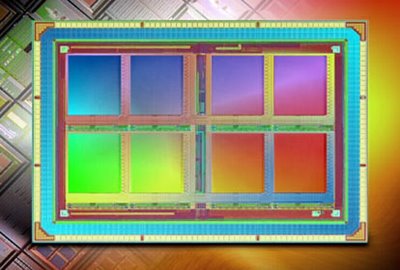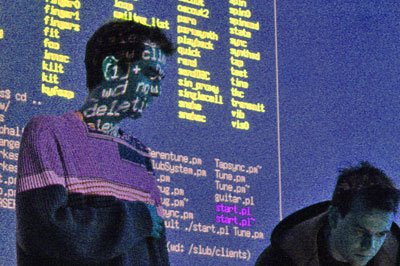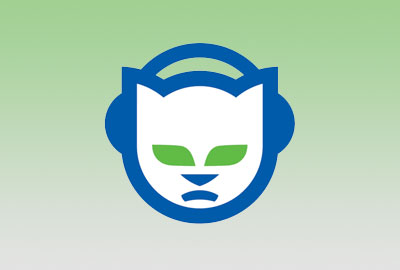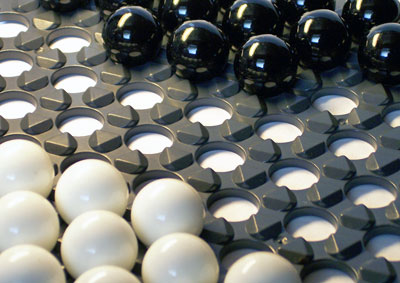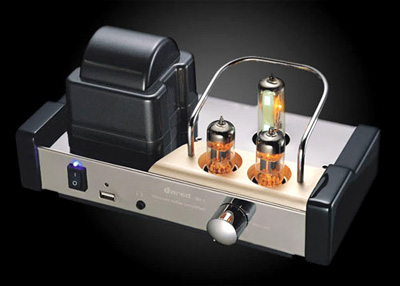 Harrow to Lincoln:
Harrow to Lincoln:Father Of Night - Bob Dylan
Are You Happy Now? - Michelle Branch
Icicles - Patty Griffin
True - George Strait
Thirteen Blood Red Rosebuds - Steve Forbert
The Dance - Garth Brooks
I'm Confessin' - Van Morrison
Buddy Holly - The Moog Cookbook
Say It Like It Is - Malcolm And Alwyn
Musette and Drums - Cocteau Twins
On A Night Like This - Bob Dylan/The Band
Boy With A Problem - Elvis Costello & The Attractions
I Wanna Destroy You - The Soft Boys
Mr. Blue Sky - Electric Light Orchestra
Baby, it's cold outside - Doris Day & Bing Crosby
In Place Of You - Ron Sexsmith
Dancing In Limbo - Kirsty MacColl
Just to Know What You've Been Dreaming - Will Johnson
Old Time Religion - Original Five Blind Boys of Alabama
Here Comes the Sun - Allison Moorer
Redford (For Yia-Yia And Pappou) - Sufjan Stevens
Back in Black - AC/DC
Staring at the Sun - The Offspring
Yesterday's News - Whiskeytown
Hippy hippy shake - Dave Clark Five
Wake Up - The Charlatans
The Truth - Steve Earle
Die on the Rope - The Distillers
Don't Leave - Ben Lee
Still Pretending - Tift Merritt
And Dream Of Sheep - Kate Bush
Lay Some Flower On My Grave - Blind Willie McTell
Too Much Too Young - Special A.K.A.
Who By Fire - Leonard Cohen
You're So Vain (live) - Carly Simon
Temptation - Elvis Costello
Rocking Robin - Jackson 5
I'm gonna getcha good - Shania Twain
Table for Two - Bill Mallonee
The River - Bruce Springsteen
You Gotta Be - Desree
Something - Susan Cadogan
Say it ain't so - Murray Head
Lincoln to Harrow:I'm Like A Bird - Nelly Furtado
Two Tribes (Hibakusha Mix) - Frankie Goes To Hollywood
It's The End Of The World As We Know It (And I Feel Fine) - R.E.M.
Let's Go Crazy - Prince And The Revolution
Nature Boy [Edit] - Nick Cave & The Bad Seeds
International Rescue - Fuzzbox
Doctors Orders - Carol Douglas
Living On A Prayer - Bon Jovi
Maybe Tomorrow - The Chords
Stand And Deliver - Gob
Supermassive Black hole - Muse
Knowing Me, Knowing You - Wondermints
The Sound of Settling - Death Cab for Cutie
Ecstacy (DDR mix) - DJ Sasha & John Digweed
Penny & Me - Hanson
Going Out Of My Head - Fifth Dimension
Hit the Road Jack - Ray Charles
Itchycoo Park - M People
Bamboleo - Gipsy Kings
Oh Boy - Mud
Diva Lady - The Divine Comedy
Smile (Radio Edit) - Lily Allen
Stand and Deliver - Adam Ant
Here In Higglytown - They Might Be Giants
What Can I Say - Boz Skaggs
Hippychick - SoHo
Valerie - The Zutons
Call on Me (Radio Edit) - Eric Prydz
Sat In Your Lap - Kate Bush
And We Danced - Hooters
Misfit - Amy Studt
Everybody's Changing - Keane
In The Morning - Razorlight
Pull Shapes (Edit) - The Pipettes
Soldier Girl (Album Version) - The Polyphonic Spree
Boten Anna - BassHunter
Searching My Soul - Vonda Shepard
Inner Universe - Yoko Kanno
Theme From S-Express - S-Express
Boten Anna (remix) - Basshunter
Du gamla du fria - BassHunter
Your Kisses Are Wasted On Me - The Pipettes
Shake Some Action - Flaming Groovies
She Is Beautiful - Andrew W.K.
------------











